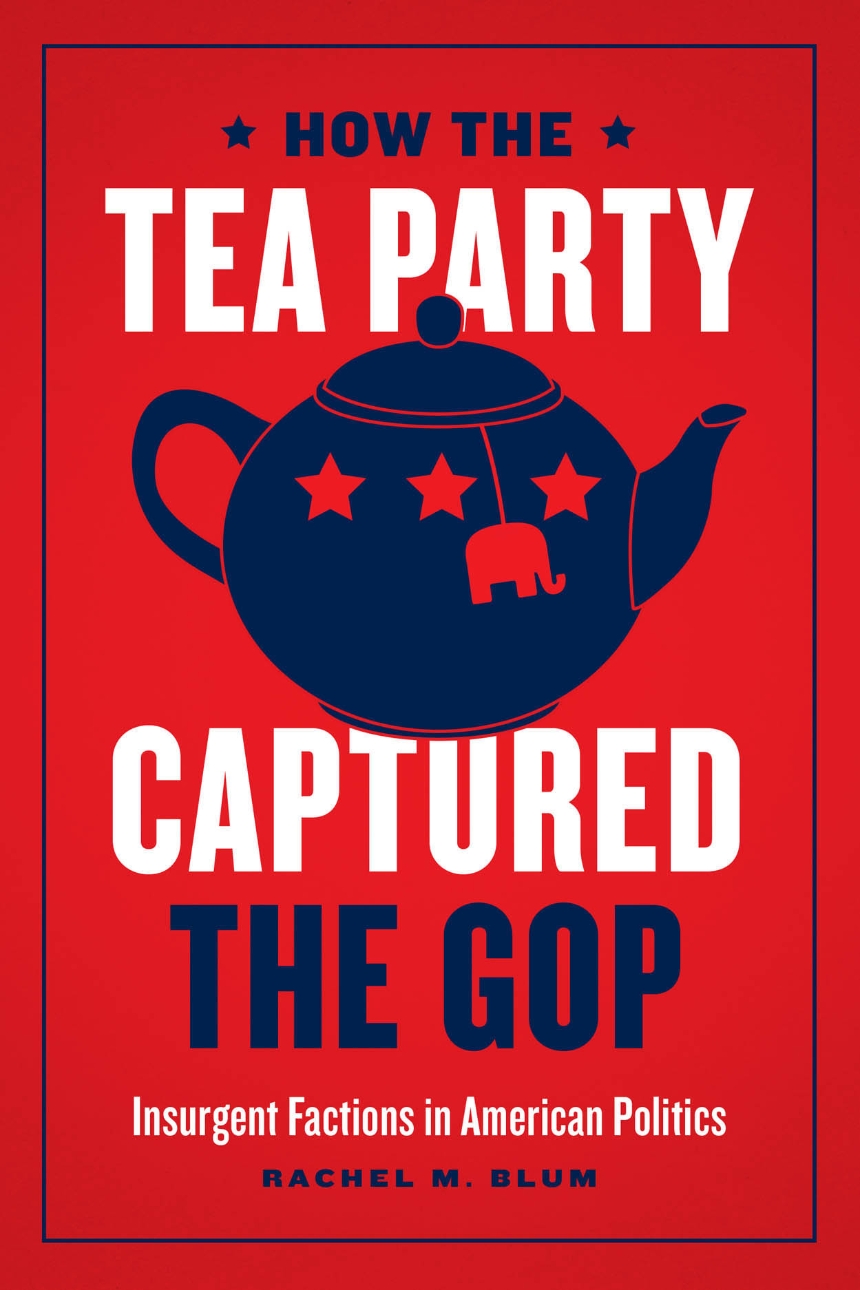How the Tea Party Captured the GOP
Insurgent Factions in American Politics
9780226687520
9780226687490
9780226687667
How the Tea Party Captured the GOP
Insurgent Factions in American Politics
The rise of the Tea Party redefined both the Republican Party and how we think about intraparty conflict. What initially appeared to be an anti-Obama protest movement of fiscal conservatives matured into a faction that sought to increase its influence in the Republican Party by any means necessary. Tea Partiers captured the party’s organizational machinery and used it to replace established politicians with Tea Party–style Republicans, eventually laying the groundwork for the nomination and election of a candidate like Donald Trump.
In How the Tea Party Captured the GOP, Rachel Marie Blum approaches the Tea Party from the angle of party politics, explaining the Tea Party’s insurgent strategies as those of a party faction. Blum offers a novel theory of factions as miniature parties within parties, discussing how fringe groups can use factions to increase their political influence in the US two-party system. In this richly researched book, the author uncovers how the electoral losses of 2008 sparked disgruntled Republicans to form the Tea Party faction, and the strategies the Tea Party used to wage a systematic takeover of the Republican Party. This book not only illuminates how the Tea Party achieved its influence, but also provides a framework for identifying other factional insurgencies.
In How the Tea Party Captured the GOP, Rachel Marie Blum approaches the Tea Party from the angle of party politics, explaining the Tea Party’s insurgent strategies as those of a party faction. Blum offers a novel theory of factions as miniature parties within parties, discussing how fringe groups can use factions to increase their political influence in the US two-party system. In this richly researched book, the author uncovers how the electoral losses of 2008 sparked disgruntled Republicans to form the Tea Party faction, and the strategies the Tea Party used to wage a systematic takeover of the Republican Party. This book not only illuminates how the Tea Party achieved its influence, but also provides a framework for identifying other factional insurgencies.
176 pages | 35 line drawings, 3 tables | 6 x 9 | © 2020
Political Science: American Government and Politics
